Pick Your Favorite Type of Garlic: 11 Options
Loved for its many culinary uses, garlic is an excellent addition to gardens. The plant is hardy, easy to grow, and used in many types of cuisine. There are many kinds of garlic; each has distinct ways of growing and harvesting. What’s known for sure is that garlic is highly nutritious, as it’s rich in vitamin C, fiber, selenium, and more. In this article, 5-Minute Crafts is explaining the main garlic types to be aware of.
What the main types of garlic are

Garlic is a perennial bulbous plant with a slightly bitter taste and sharp smell. There are 2 main types: soft neck and hard neck. While the former comes with more cloves per bulb and can be stored longer, the hard (stiff) neck has a stiff central flowering stem and is more cold-tolerant.
1. Elephant garlic
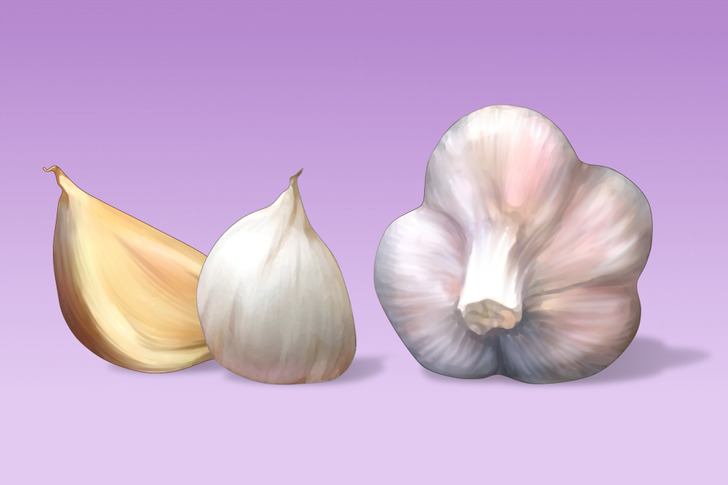
The elephant garlic, or buffalo garlic, comes with a large bulb and 5-7 large cloves. Some people find it more palatable because it has a milder flavor than other garlic varieties.
- Growing tips: You can re-plant it at 2 different times of the year: spring and fall. If you plant it in spring, you can harvest it in 90 days. In warmer climates, you can grow it over winter too.
- It’s ideal for soups, vinaigrettes, stir-fries, salads, and sauces thanks to its sweet, mellow onion and garlic flavor. It belongs to the leek family. You can roast it whole on the grill, bake it in the oven, and use it as a garlic spread on butter toast.
2. Chesnok red garlic
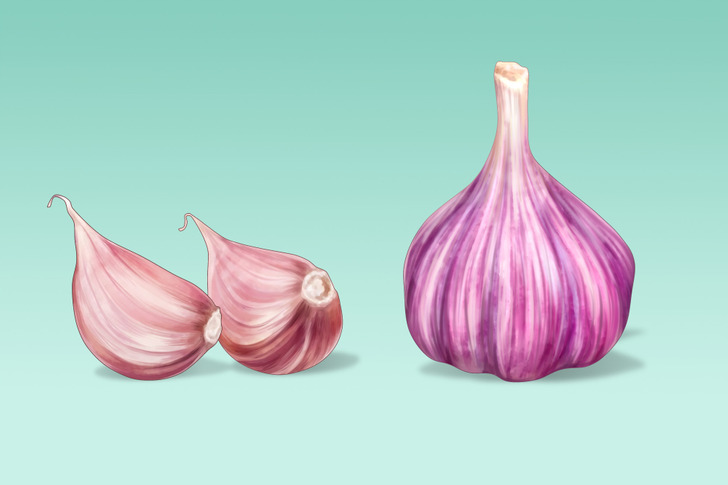
3. Rocambole garlic
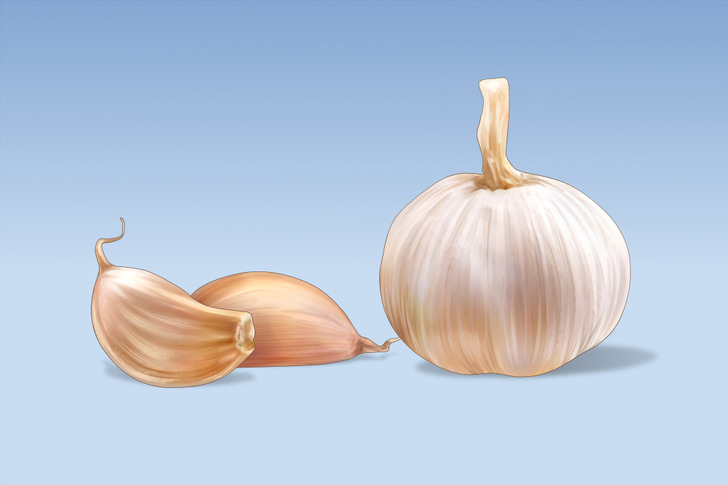
Rocambole is a hardneck garlic type with easy-to-peel bulb skins, splotches, and many different sub-types that come in different colors. For example, the osage garlic has small bulbs with 5-8 reddish-brown cloves, whereas the Ontario giant rocambole comes in cream or brownish bulbs and cloves. You can store them for about 4-6 months.
- Growing tips: They require a cold winter and cool spring, and they don’t grow well in warmer climates. To maximize their yields, provide them with better soil and more care.
- It’s ideal for kitchens thanks to their versatile use and the cloves’ rich, sweet, and complex flavors.
4. Porcelain garlic
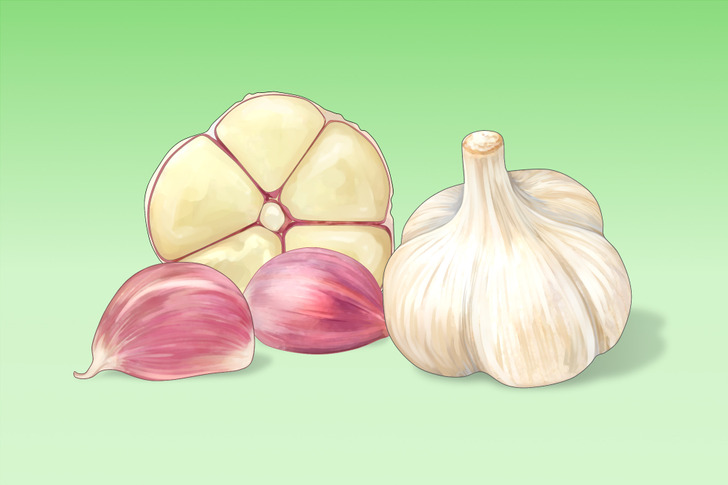
The porcelain hardneck garlic type has a thick, tanned white to milky luxuriant and parchment-like exterior surrounding its very large cloves. It comes in different subtypes, some of which, such as the Romanian red, German white, or Polish hardneck white, may have some purple stripes on the inner layers of its cloves. They have big cloves, usually 4 to 5. You can store them for 6 months.
- Growing tips: Growing tips vary according to different types. Porcelain garlic grows like any other garlic in most climates, except in regions where it’s very warm. They get larger in cold northern temperatures. But if you want to grow German white garlic, plant it in weed-free, well-drained soil in fall after cracking the bulbs into cloves 6 inches (15 cm) apart in September or October. Water it only when the soil is dry, as too much water means that the garlic will rot. In the spring, apply high nitrogen fertilizer.
- It’s ideal for various recipes and cuisine thanks to its richly flavored earthy muskiness with a hot strong taste — a few exceptions are applied to some of its types.
5. Music garlic
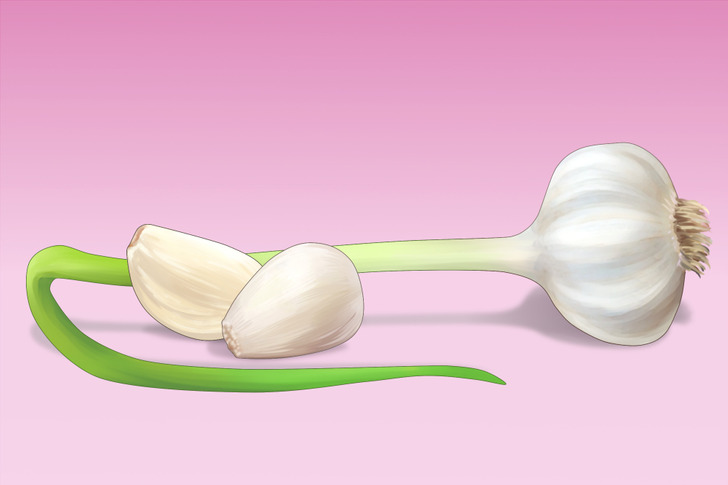
6. Silverskin garlic
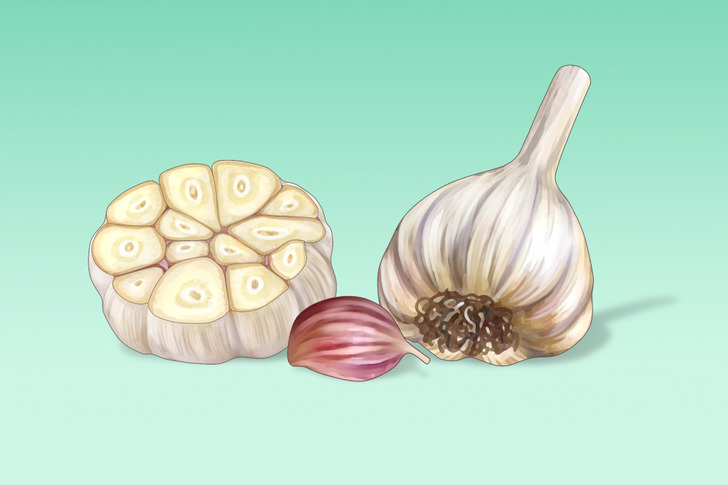
The softneck silverskin garlic or seed garlic comes wrapped in 3 layers with 9-25 white teardrop-shaped cloves. The clove colors vary and can be red, pink, purple, cream, etc. You can store it for more than 12 months.
- Growing tips: The bulb needs at least 3 weeks to mature after the plant leans over to the ground. Fall offers good weather to grow it in, but you can plant it in spring and even in the colder seasons.
- It’s ideal for various recipes thanks to the fact that each application has different tastes, although most subtypes have a mild taste. When eaten raw, it releases its slow-developing garlicky, spicy yet sweet overtones, and a hot flavor at the back of your mouth. When roasted, it’s slightly earthy and intense. You’ll enjoy its strong garlicky taste when sautéed until crisp.
7. Artichoke garlic
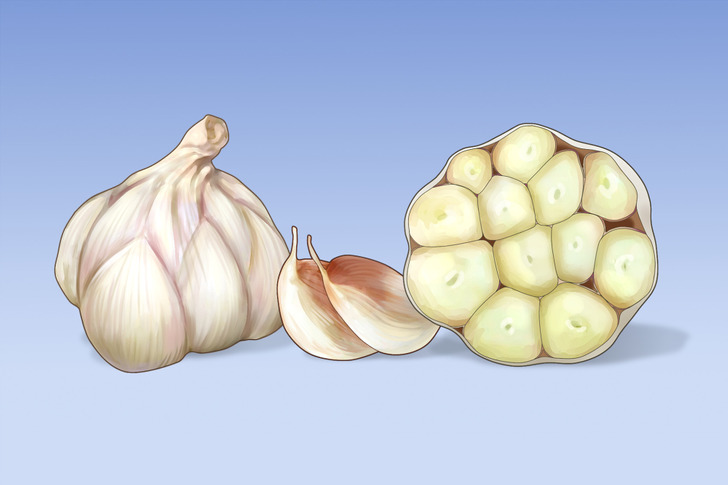
Artichoke garlic has various subtypes that produce large bulbs with 12 to 20 cloves with a flattened artichoke appearance. For example, a softneck artichoke type — like late Italian garlic — comes with 8-12 round cloves with light-colored exteriors. You can store it for up to 6 months.
- Growing tips: You can harvest artichoke garlic earlier in the season. They grow fast because they adapt to different growing conditions and soil types.
- It is ideal for any recipe, like aioli mashed potatoes with chives, thanks to its subtle mustard flavor. Different cultivars have different levels of heat and richness, ranging from sweet to mild, spicy, and rich.
8. Creole garlic
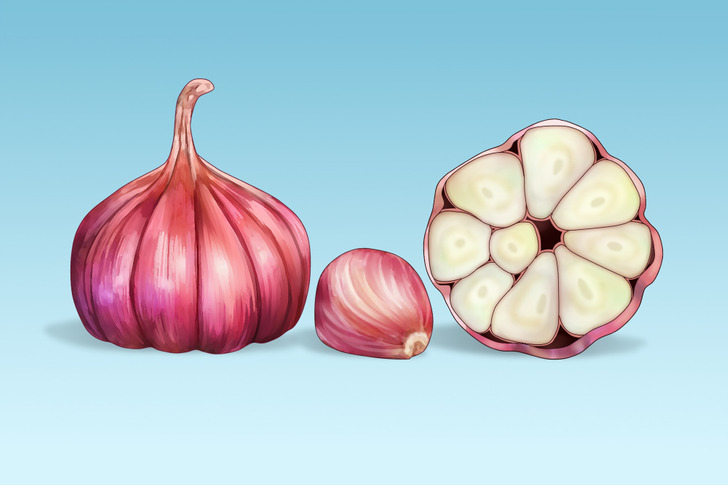
Creoles are a rare type of garlic that comes in deep, vibrant pink, red, or purple bulbs with 4-12 cloves sized medium to large, varying between cultivars. You can store them for up to 6-9 months.
- Growing tips: They thrive best in consistent temperatures, like hot, warmer, or drier climates.
- It’s ideal for marinades, seasonings, etc.
9. Black garlic
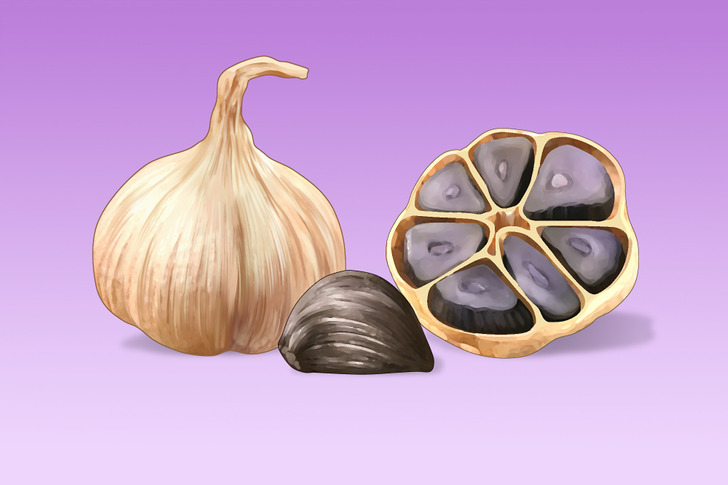
Black garlic acquires its dark hue after going through the aging and caramelization process. You can turn any garlic into black garlic. It adds a rich and meaty umami flavor to dishes.
- Growing tips: Together with fermentation, dehydration, and low heat, you can caramelize the garlic over a long period of time and make it turn black.
- It’s ideal for different Asian cuisines and for those who dislike the typical garlic taste. Suppose you want to get the most of its flavor — it’s better not to mince it and leave it whole. It feels a little chewy, more like dried fruit. It can be used in desserts and as a garnish on salads and meat dishes.
10. Lautrec (French) pink garlic
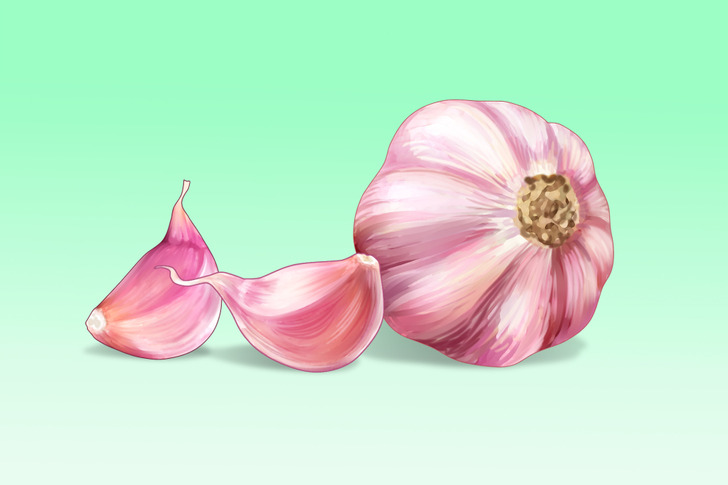
Pink Lautrec, also known as French pink garlic, comes with small, symmetrical bulbs wrapped in white paper with 8-10 ivory cloves. They’re easily identified with their pink tunicas. They have a rigid floral stem that produces clusters. You can store them in a cool and dry place for up to 6 months.
11. Green garlic (scapes)

A scape is a flowering stalk that grows in the middle of hardneck garlic bulbs. It twists and loops and often has a tear-drop-shaped white bulb near its end. It’s good to know when to harvest it. When it forms a spiral, it’s ready to pick — just cut the scape at the base. Also, remember that a young scape develops 1 or 2 loops before straightening itself out and developing seeds. By breaking off the scapes before the seeds develop, more energy is spent making a larger garlic bulb.